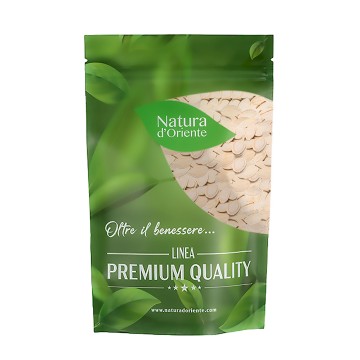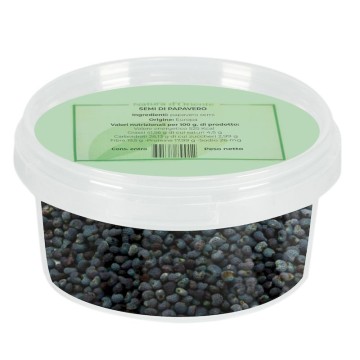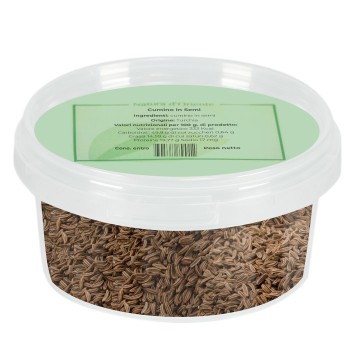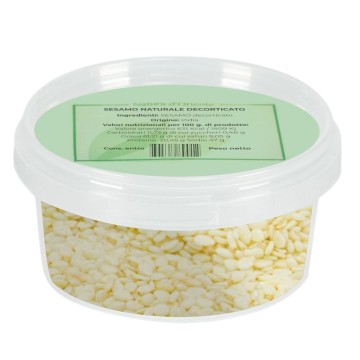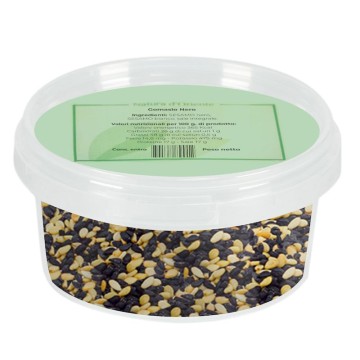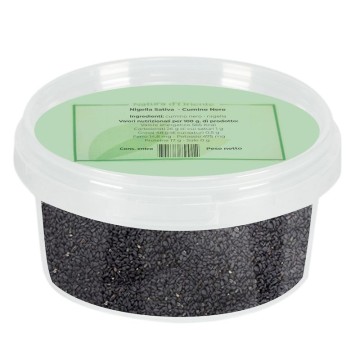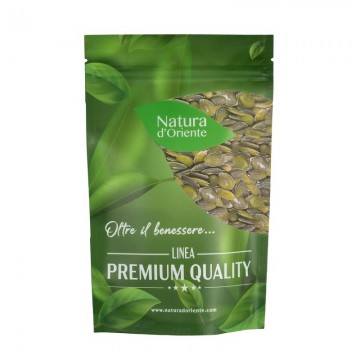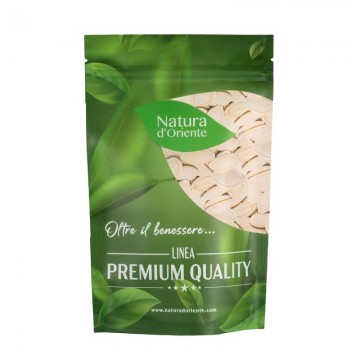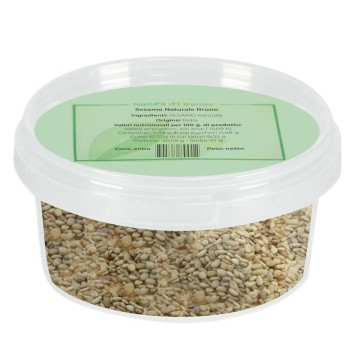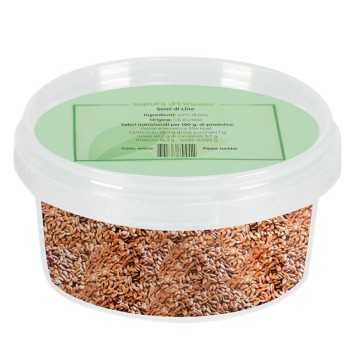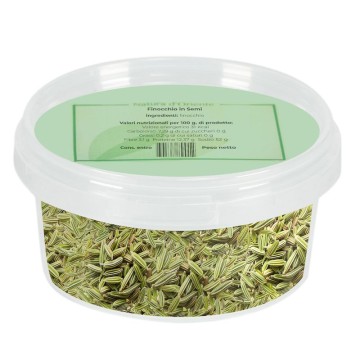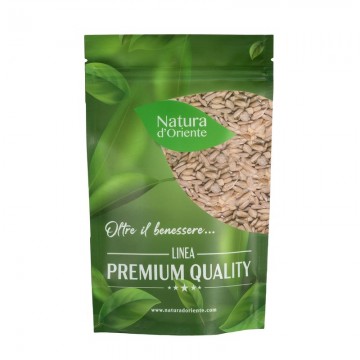Annatto, also called Achiote, is a plant not particularly known in the Western world, but has been used for centuries in Central and South America, for its cosmetic, coloring and medicines. The Annatto plant is typical of the Amazon, and Native Americans used its seeds, the useful part in cooking and cosmetics. Annatto seeds are small, reddish, with a slightly marked aroma and flavor but with various beneficial properties, as well as coloring.
Annatto or Achiote seeds: properties and benefits
In the West this spice is known only as natural color E160b , considered a pigment useful both in cooking and in cosmetics io for fabrics. Annatto seeds, in fact, have a bright red-yellowish color , due to the high presence of carotenoids such as byssinia and norbysin in the outer layer of the seed. In reality, achiote seeds also contain beneficial properties for our body, if consumed in dishes or alone.
The high levels of bissinia in annatto seeds ensure an excellent supply of natural carotenoids useful for the well-being of the eyes and the immune system. Bissinia protects the eyes from harmful UV rays, promoting the well-being of sight and protecting against degenerative conditions of the eye. In addition to defending the eyes, carotenoids are powerful antioxidants that protect the cells of our body from oxidation damage, also in an anti-aging function. In addition to carotenoids, annatto contains other plant compounds with antioxidant properties , including terpenoids, flavonoids and tocotrienols (a type of vitamin E).
These substances help our body to neutralize potentially harmful molecules, known as free radicals, which are also formed as a result of a poor diet, exposure to smog, smoking, excess alcohol or medicines. If the level of free radicals is too high, they can damage cells. Furthermore, annatto or achiote seeds are being studied for their probable natural antimicrobial properties. Like many spices, they counteract the growth of some bacteria and fungi, while also helping to preserve food. Annatto, particularly in its version, also has other virtues, being a good source of vitamin E compounds (tocotrienols), useful for the well-being of the heart, and others that support the body in reducing inflammation in a natural way. / p>
Origins and History of cultivation
The annatto or achiote plant comes from the Caribbean Islands, from Central and Western South America. Over time it has spread to various South American regions, and today it is produced and exported mainly from Brazil and Peru. Its traditional use involves both the coloring function and the historical medicinal one among the native South American populations. Annatto seeds were used as a natural colorant, and in cooking as a spice for dishes in Mexico, the Caribbean and South America. The Aztecs used the seeds as a dye for the body, when they had to perform religious ceremonies and rites. Some tribes of Indians used it to dye their hair red-orange, or to dye their lips - for this reason the annatto plant is also called the "lipstick tree".
For many centuries, the seeds and leaves of the akiote have also been appreciated for the medicinal benefits, used by many Native American populations to prevent and treat various diseases. In fact, annatto seeds have qualities that traditional herbal medicine has recorded over time. Ground and boiled, they were used to soothe skin burns, or fresh and moistened for skin rashes.
The powder that covers the seeds was considered excellent for the well-being of the stomach, ulcers, diarrhea; in folk medicine the seeds also treated diabetes and gonorrhea, and were considered aphrodisiacs in the Amazon. Annatto plants have also spread to Asia over time, and the seeds are part of the cuisine of the Philippines, China and Vietnam.
In some countries including India they are considered, on the other hand, ornamental plants and insect repellents. At the food level, the fruits of the akiote are harvested when, when ripe, they fall from the tree. Even if the fruit is not edible, the seeds inside, and the thin red pulp that surrounds them, are eaten. The pulp is often dried and ground before being infused into a mixture, called annatto. A common ingredient throughout South Americato spice up traditional dishes. Commercially, annatto is known as a natural colorant, which gives a yellow and orange tone to foods: butter, margarine, cheeses (such as cheddar), cereals, snacks, sweets, and so on. Compared to artificial food colors, annatto gives antioxidant benefits and natural preservatives. In addition, the seeds are also useful for coloring fabrics in a natural way, giving a beautiful brick red to the fabrics.
The dye comes to the fabric from the seeds immersed in boiling water, left for the time necessary to color the water in which to immerse the clothes. Due to its color it is used in cosmetics in makeup products such as lipsticks, or as a hair dye. Its seeds are suitable for creating essential oils used in aromatherapy, only for application on the skin or inhalation. To date, annatto seeds, organic or not, can be found on the market whole, in powder (ground after drying), and in oily paste.
Plant and flowers
The seeds are obtained from the Achiote plant (Bixa orellana), a shrub that belongs to the Bixaceae family, native to South America. The Bixa orellana plant is a shrub with heart-shaped leaves, and usually pinkish-white flowers (with a lilac center). It blooms between July and January, depending on the area in which it is grown and produces red fruits (pods) with a yellow interior. They are covered with a red down, and arranged in clusters. When the fruit is ripe, it can be harvested and opened: inside there are about 50 small, orange-red seeds. The shape is irregular and they are slightly pointed on one side.
Generally, the fruits are macerated in water, while the seeds are dried as they are the edible part. Nutritional values of Annatto seeds The main compound of the plant is given by the coloring carotenoids, including brissin (up to 7%), norbissin and cisbrissin. They also contain, like all seeds, nutrients such as carbohydrates, fats, proteins, vitamins such as folate (B9), vitamin C, and good doses of calcium and iron.
How to use Annatto seeds in the kitchen
In the kitchen, annatto is considered a condiment that improves the flavor of dishes, with its "nuanced", slightly sweet and peppery flavor, with notes reminiscent of hazelnut and nutmeg, floral and pungent . In several South American and Asian cuisines, annatto seeds are ground and combined with other spices or seeds. In particular, it is a key ingredient in cochinita pibil, a traditional Mexican dish with roasted pork. Sometimes annatto is used by adding the seeds directly during cooking, to give a bright color to foods (similar to saffron). In other cases, the seeds are left to infuse or boiled in water, to obtain a broth in which to cook vegetables, cereals or rice, which will take on an intense yellow color.
In Caribbean cuisine : the seeds are fried with oil or other animal fats and the colored condiment obtained is used to cook meats and vegetables.
In Mexican cuisine : seed paste mixed with vinegar is used to marinate meat.
In Philippine cuisine : annatto are ground and added to soups. In Vietnamese cuisine: the seeds are used to color soups, curry or to cook duck. Annatto oil can also be made by frying 2 and ½ teaspoons of Annatto seeds in 1 cup of olive oil. Hold the heat until the oil warms up (about 5 minutes) and gently simmer over low heat for a couple of minutes. When the oil turns yellow-orange, you can remove the pot and let it cool. Annatto oil can be filtered and used on salads, rice and potatoes. The recipe is recommended to experts, since the seeds tend to crackle, and you must not overheat the oil and seeds (the seeds will turn black and the oil green, ruining themselves).
Annatto seeds: side effects and contraindications
L'Achiote or annatto is generally considered a safe food, even when applied topically. However, it can cause allergy in some people, especially if they have known allergies to plants in the Bixaceae family. Symptoms include hives and itching, swelling, low blood pressure, and stomach pain. For those suffering from chronic gastrointestinal disorders, annatto can trigger the symptoms of irritable bowel syndrome (IBS), so moderate doses of the seeds are recommended. A caution for both pregnant and breastfeeding women , who should consume it in not excessive quantities.

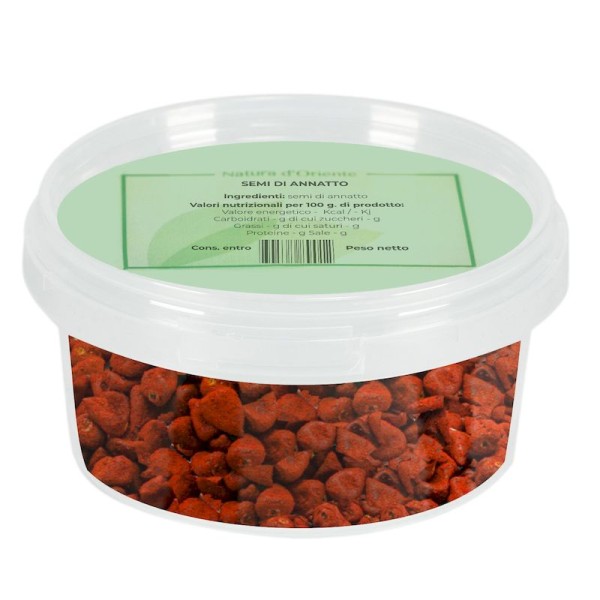









 No reward points for this product.
No reward points for this product.
